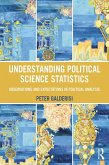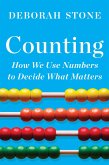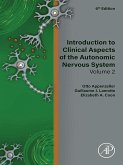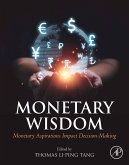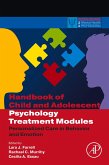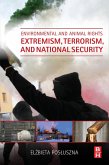Few students sitting in their introductory statistics class learn that they are being taught the product of a misguided effort to combine two methods into one. Few students learn that some think the method they are being taught should be banned. Wise Use of Null Hypothesis Tests: A Practitioner's Handbook follows one of the two methods that were combined: the approach championed by Ronald Fisher. Fisher's method is simple, intuitive, and immune to criticism.
Wise Use of Null Hypothesis Tests is also a user-friendly handbook meant for practitioners. Rather than overwhelming the reader with endless mathematical operations that are rarely performed by hand, the author of Wise Use of Null Hypothesis Tests emphasizes concepts and reasoning. In Wise Use of Null Hypothesis Tests, the author explains what is accomplished by testing null hypotheses-and what is not. The author explains the misconceptions that concern null hypothesis testing. He explains why confidence intervals show the results of null hypothesis tests, performed backwards. Most importantly, the author explains the Big Secret. Many-some say all-null hypotheses must be false. But authorities tell us we should test false null hypotheses anyway to determine the direction of a difference that we know must be there (a topic unrelated to so-called one-tailed tests). In Wise Use of Null Hypothesis Tests, the author explains how to control how often we get the direction wrong (it is not half of alpha) and commit a Type III (or Type S) error.
Wise Use of Null Hypothesis Tests is also a user-friendly handbook meant for practitioners. Rather than overwhelming the reader with endless mathematical operations that are rarely performed by hand, the author of Wise Use of Null Hypothesis Tests emphasizes concepts and reasoning. In Wise Use of Null Hypothesis Tests, the author explains what is accomplished by testing null hypotheses-and what is not. The author explains the misconceptions that concern null hypothesis testing. He explains why confidence intervals show the results of null hypothesis tests, performed backwards. Most importantly, the author explains the Big Secret. Many-some say all-null hypotheses must be false. But authorities tell us we should test false null hypotheses anyway to determine the direction of a difference that we know must be there (a topic unrelated to so-called one-tailed tests). In Wise Use of Null Hypothesis Tests, the author explains how to control how often we get the direction wrong (it is not half of alpha) and commit a Type III (or Type S) error.
- Offers a user-friendly book, meant for the practitioner, not a comprehensive statistics book
- Based on the primary literature, not other books
- Emphasizes the importance of testing null hypotheses to decide upon direction, a topic unrelated to so-called one-tailed tests
- Covers all the concepts behind null hypothesis testing as it is conventionally understood, while emphasizing a superior method
- Covers everything the author spent 32 years explaining to others: the debate over correcting for multiple comparisons, the need for factorial analysis, the advantages and dangers of repeated measures, and more
- Explains that, if we test for direction, we are practicing an unappreciated and unnamed method of inference
Dieser Download kann aus rechtlichen Gründen nur mit Rechnungsadresse in A, B, BG, CY, CZ, D, DK, EW, E, FIN, F, GR, HR, H, IRL, I, LT, L, LR, M, NL, PL, P, R, S, SLO, SK ausgeliefert werden.



